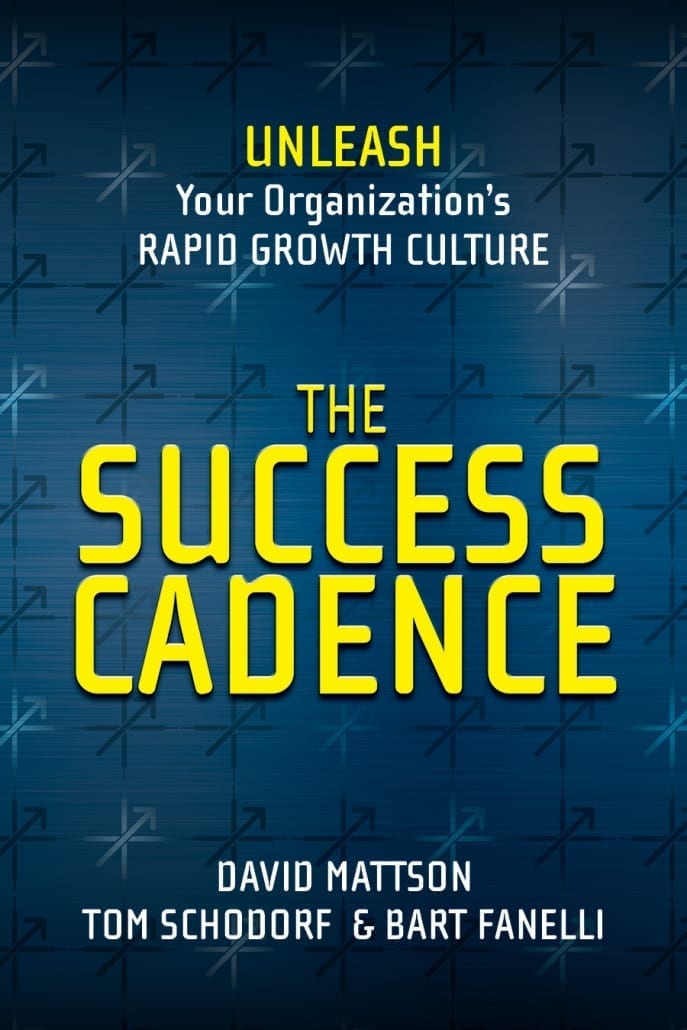How To Create An Effective Business Strategy
You wouldn’t make a cake without a recipe, you wouldn’t drive somewhere you’ve never been before without looking at the map, and you shouldn’t run a business without a strategy. Some people underestimate the importance of a business strategy and particularly writing it. Many think that they know where they want to go and what they want to achieve, and that’s enough, but is it? Writing a business strategy will help you to learn if it is actually possible and what roadblocks might be in your way, meaning that you can fix them and work out how to get around them before you have to. It is an action plan that details the concrete steps needed to attain your goals—usually covering the coming year—a timetable for each task, a description of who will do what, and a follow-up process. So, what do you need to make sure that your business strategy is effective and keeps you going in the right direction?
Facts
To know where you’re heading, you have to know where you are right now. So before you start looking ahead, you should look back at past performance and at the current situation. Focus on each area of the business and determine what worked well, what could have been better, and what opportunities lie ahead.
Look at your strengths and weaknesses, look for opportunities and threats, and then look at external factors as well. Don’t do this alone either; it’s important to have the right people to make sure you’re collecting the most relevant information.
Your team
You’ll get the most team support on the trajectory of the business if as many employees as possible are involved in creating the action plan. They can give you invaluable input on what steps are needed to achieve your objectives and how best to implement them and realistically how they’re going to do it and how long it will take. They are also more likely to work diligently on the implementation if they are involved in the process from the start.
A Vision
It’s important to know where you want to go, so write it down, give your business a vision statement that describes the future direction of the business and its aims in the medium to long term. Describe the organization’s purpose and values.
A Mission
Just like the vision, having a mission defines the organization’s purpose, but it also outlines its primary objectives. Write a mission statement that focuses on what needs to be done in the short term to realize the long term vision. So, for the vision statement, you may want to answer the question: “Where do we want to be in five years?”. For the mission statement, you’ll want to ask the questions: What do we do? How do we do it? Who do we do it for? What value do we bring?
Strategic Objectives
You then need to develop a set of high-level objectives for all areas of the business. They need to highlight the priorities and inform the plans that will ensure the delivery of the company’s vision and mission. Look back and incorporate any strengths and weaknesses into your objectives. Your objectives should also include factors such as KPIs, resource allocation, budget requirements and whatever else is specific to your business, this could be estimate Amazon sales, traffic to your website or Facebook likes.
Tactical Plans
Now you need to translate your strategic objectives into more detailed short-term plans. These plans will contain actions for departments and functions in your organization. You may even want to include suppliers. Focus on results are measurable and communicate these to stakeholders so that they know what they need to do and when. Think of these tactical plans as short sprints to execute the strategy in practice.
Actions
You need to break it all down into a basic list of tasks for achieving your objectives. Your actions can include everything from arranging the finance to buying equipment, hiring staff, writing a blog, or developing a website – whatever it is that you need to do to achieve your goals. You should, however, clearly describe each action to make sure you avoid confusion later on.
A Timeline
Stay on track and establish a timeframe for achieving each action.
Designated Resources
It’s important to know who is responsible for each action. So, outline this and also put what other resources such as money, equipment, personnel each person will need to carry out each action.
Performance Management
All the planning and hard work may have been done, but it’s vital to continually review all objectives and action plans to make sure you’re still on track to achieve that overall goal. Managing and monitoring a whole strategy is a complex task, which is why many directors, managers, and business leaders are looking to alternative methods of handling strategies. Creating, managing, and reviewing a strategy requires you to capture the relevant information, break down large chunks of information, plan, prioritize, capture the relevant information, and have a clear strategic vision.
Communication
Make sure all of your employees are aware of the action plan that they know their role in implementing it, and they are aware of how it fits into your overall business strategy.
Perseverance
When you start implementing your action plan, you need to be disciplined about sticking to the follow-up and measurement process that you have outlined. It’s also a good idea to make sure you recognize employees for meeting or surpassing their responsibilities and hold them accountable if they fail to do so.
Keep the plan alive by discussing it internally on a regular basis, thus keeping it at the forefront of employees’ attention. Ask for employee feedback on how the implementation is going, and in follow-up meetings to discuss the progress, always revisit your action plan regularly and to continually update it. This will mean that your strategy won’t be surpassed by developments in your company or external factors, which could cause your entire business strategy to unravel.
After 12 months, it’s time to create a new plan for the following year, drawing on your overall business strategy and lessons you’ve learned so far


 A healthy diet doesn’t need to be expensive and taste bland.
A healthy diet doesn’t need to be expensive and taste bland. Laureen Asseo is only 27-years-old, yet she has become a pioneer in leading the nation’s organic food craze. She’s the CEO and founder of LA-based
Laureen Asseo is only 27-years-old, yet she has become a pioneer in leading the nation’s organic food craze. She’s the CEO and founder of LA-based  Over the years, I’ve worked with a number of founders, CEOs, and presidents of companies. Often, these executives are a part of my network. I have noticed that their story consistently repeats itself: their organizations are underperforming, and they want to discuss ways to optimize, share ideas and collaborate on experience that could help set up a plan to turn that situation around. These executives tell me frankly that they don’t have the revenue stream, the market share, or the margins their products and services deserve. They’re not sure what the problem or solution is. A common challenge is that they have not hired the level of skill necessary on the sales team. Very often, though, I find that there is another, related obstacle to their company achieving at its full potential, one that all too common goes unnoticed. I call this obstacle The Disconnect.
Over the years, I’ve worked with a number of founders, CEOs, and presidents of companies. Often, these executives are a part of my network. I have noticed that their story consistently repeats itself: their organizations are underperforming, and they want to discuss ways to optimize, share ideas and collaborate on experience that could help set up a plan to turn that situation around. These executives tell me frankly that they don’t have the revenue stream, the market share, or the margins their products and services deserve. They’re not sure what the problem or solution is. A common challenge is that they have not hired the level of skill necessary on the sales team. Very often, though, I find that there is another, related obstacle to their company achieving at its full potential, one that all too common goes unnoticed. I call this obstacle The Disconnect. Bart Fanelli is co-author, with David Mattson and Tom Schodorf, of
Bart Fanelli is co-author, with David Mattson and Tom Schodorf, of  Before opening the doors to your new business, you need to make sure you have a plan of action and a set of goals in place. If you don’t have an end game in mind, you’re going to have a disorganized, chaotic mess of a business.
Before opening the doors to your new business, you need to make sure you have a plan of action and a set of goals in place. If you don’t have an end game in mind, you’re going to have a disorganized, chaotic mess of a business.